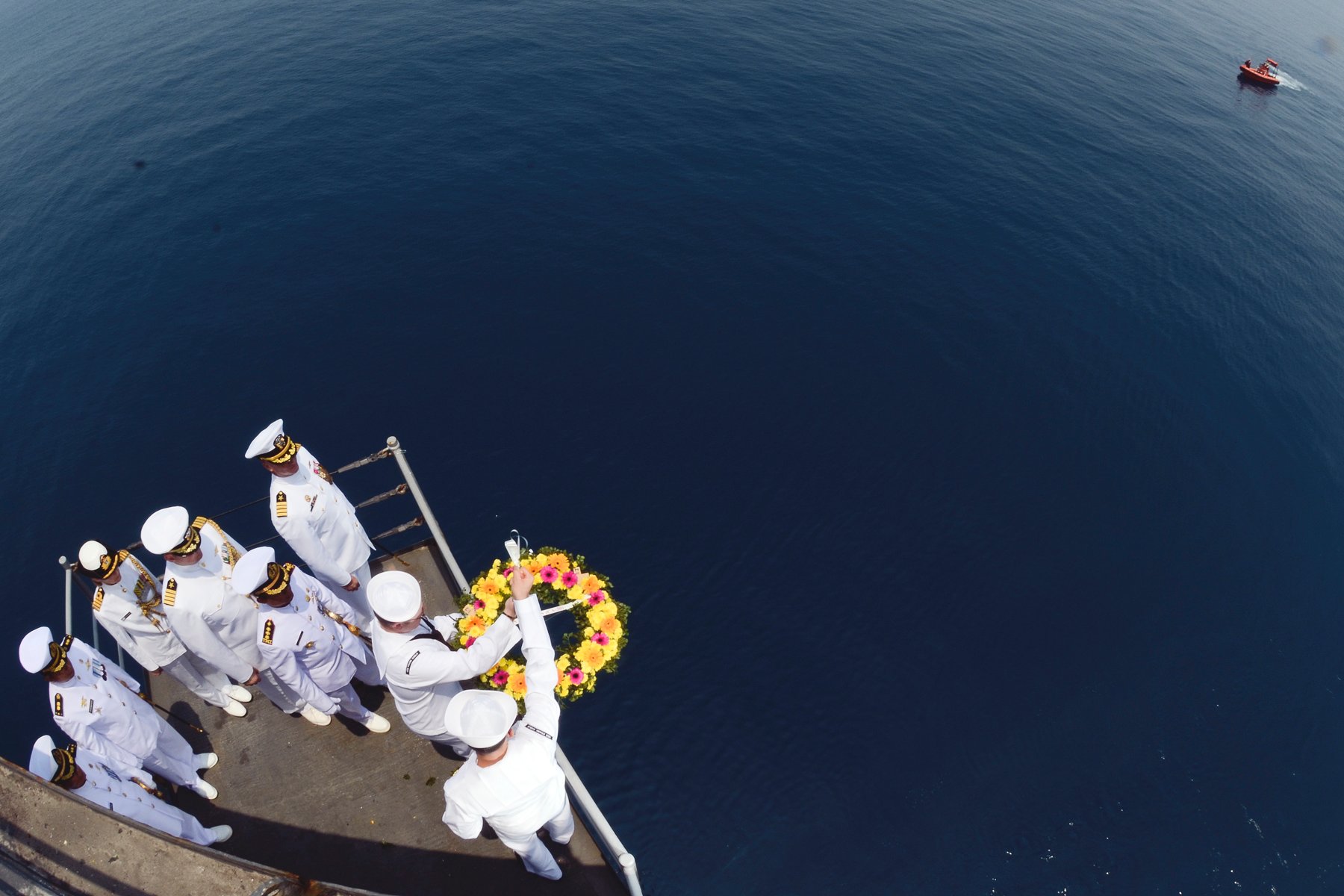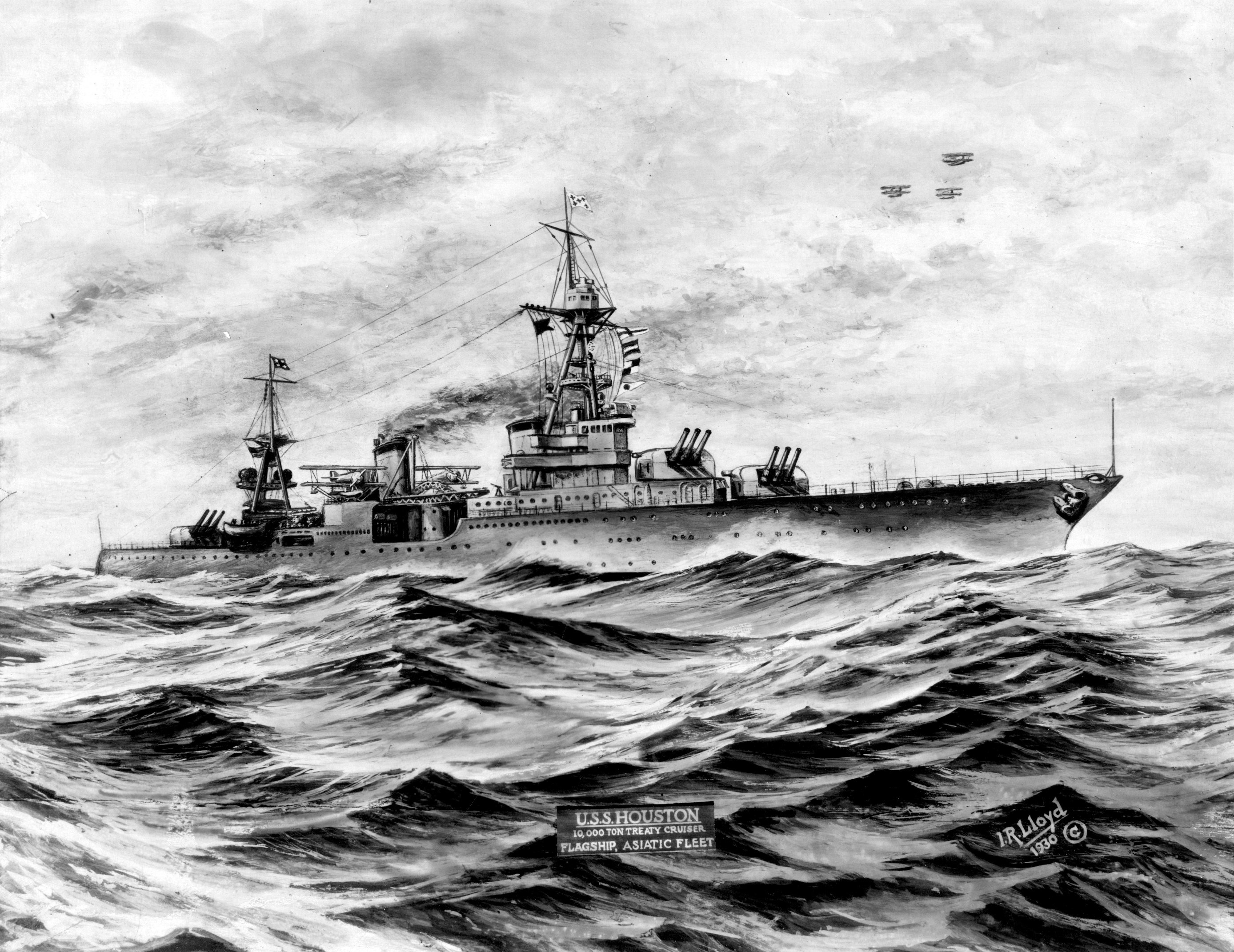
The U.S. Naval History and Heritage Command has finalized its report on the wreck of USS Houston (CA-30) — a cruiser sunk by the Imperial Japanese Navy in an early World War II battle off the coast of Indonesia.
“While the findings remain intact from the interim report, this final report benefits from additional archival research and more exhaustively details the condition of the wreck,” read a statement from U.S. Naval History and Heritage Command.
In June, the U.S. Navy salvage diver dove the wreck for the first time since the ship went down in 1942 at the urging of USS Houston CA-30 Survivors Association & Next Generations after artifacts from the wreck emerged on the surface.
“The DIVEX revealed and documented conclusive evidence of systematic unauthorized disturbance of the site,” according to a July 25 NHHC Underwater Archaeology Branch obtained by USNI News. “Evidence suggests ongoing unauthorized recovery of unexploded ordinance from the vessel, raising public safety and security concerns.”

Houston and the Australian Navy HMAS Perth (D29) were sunk during the Battle of Sunda Strait in a failed action by the short-lived American-British-Dutch-Australian fleet to keep Japanese forces from invading the island Java.
Of the 1,100 sailors and Marines on Houston, 368 were captured by Japanese forces to help build the Burma-Thailand railway.
Both ships have been the subject of illegal salvage operations and recreational dive trips, according to the interim NHHC report.
Last month, members of the Indonesian, Australian and U.S. navies laid a wreath on the site of the two wrecks.





